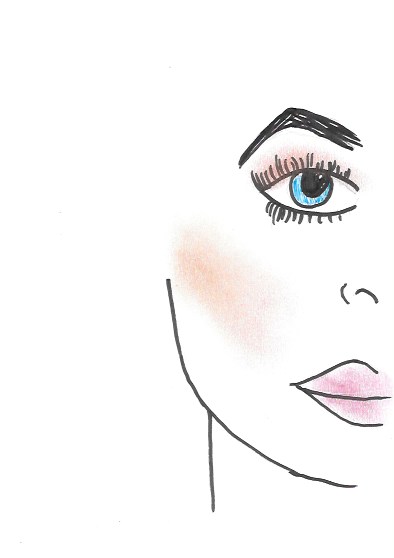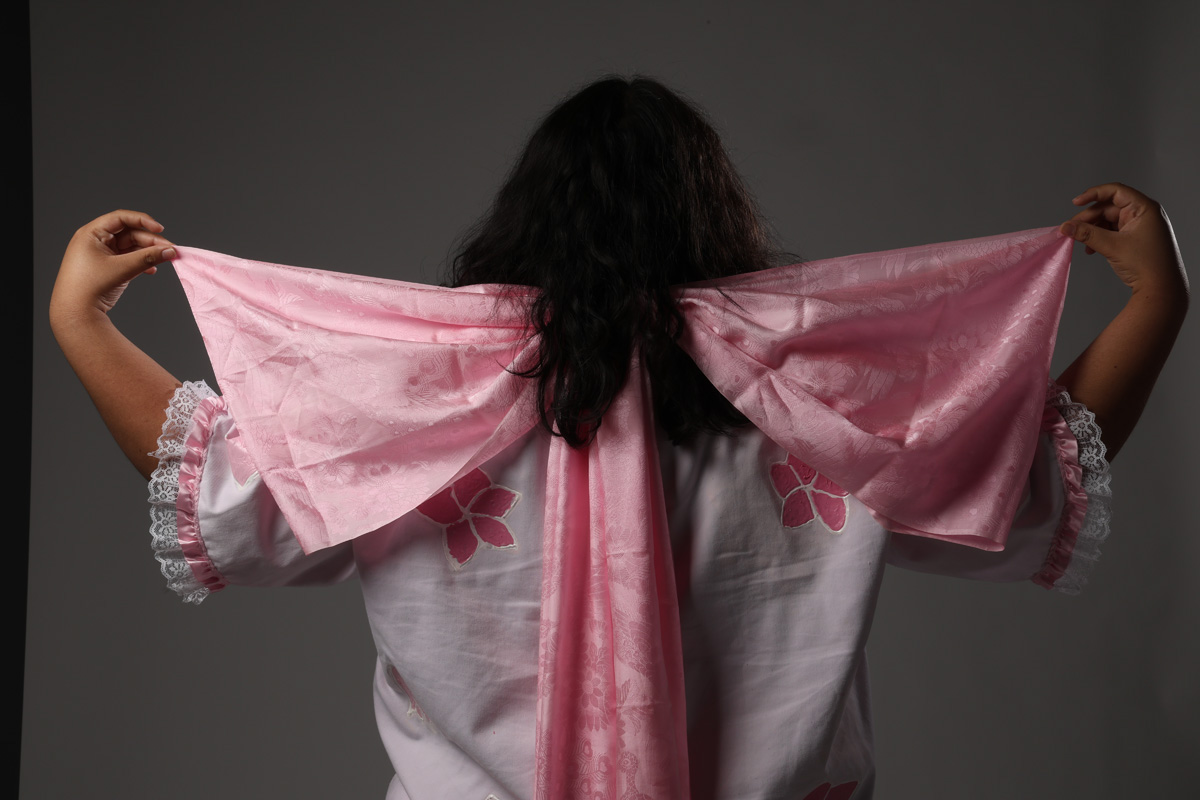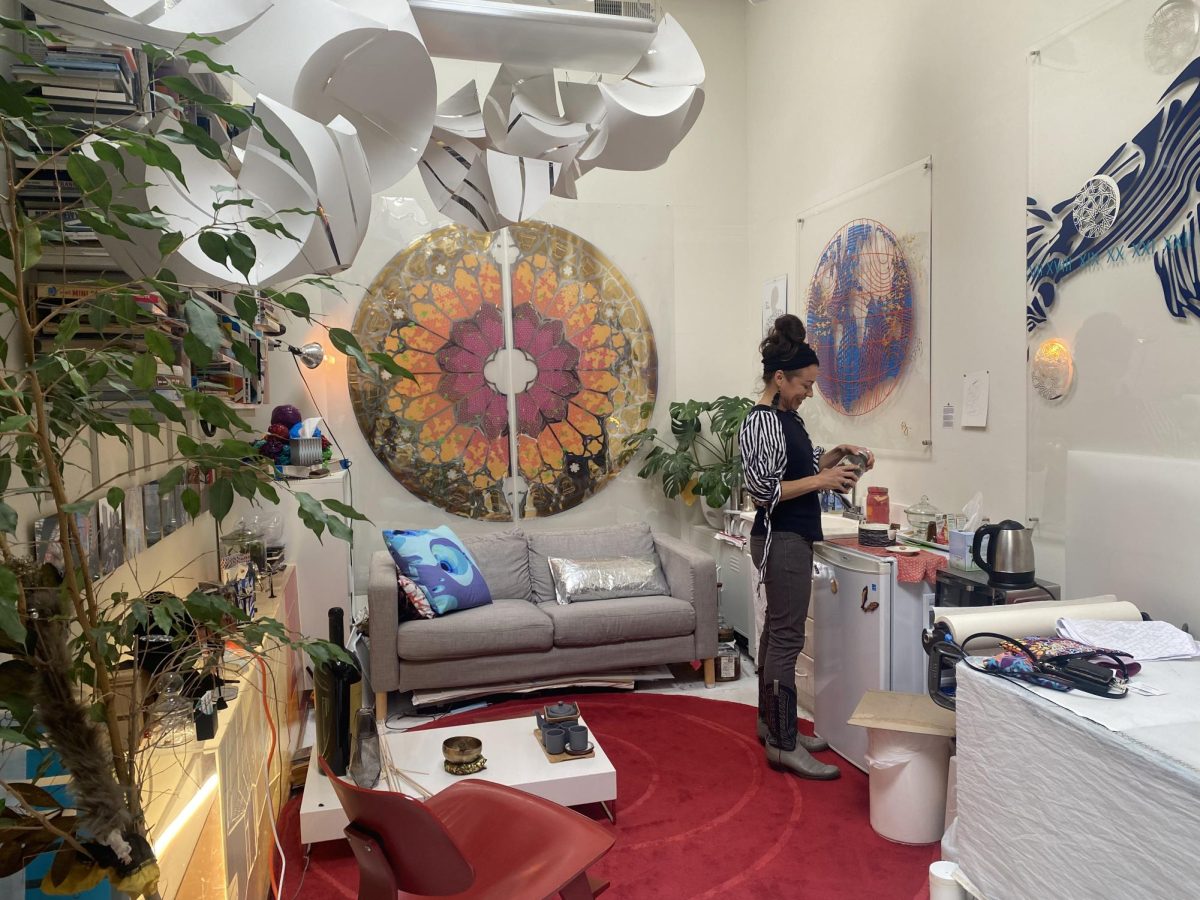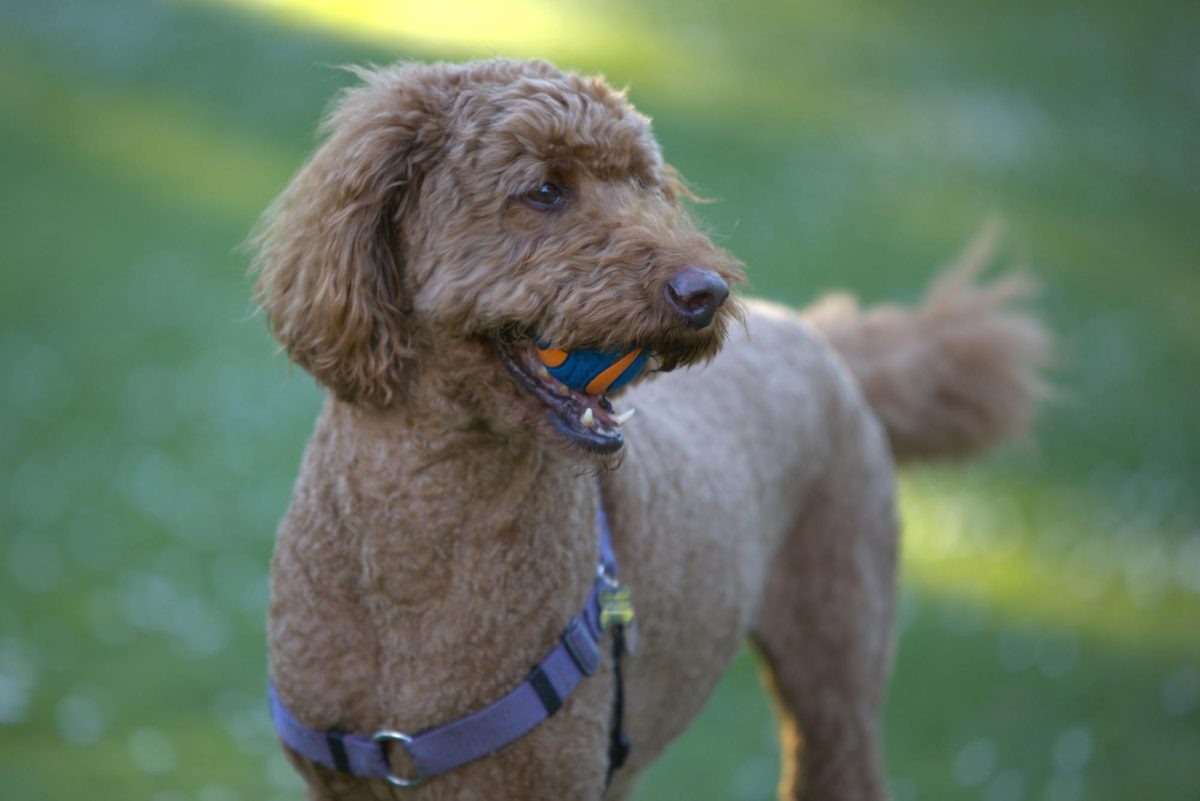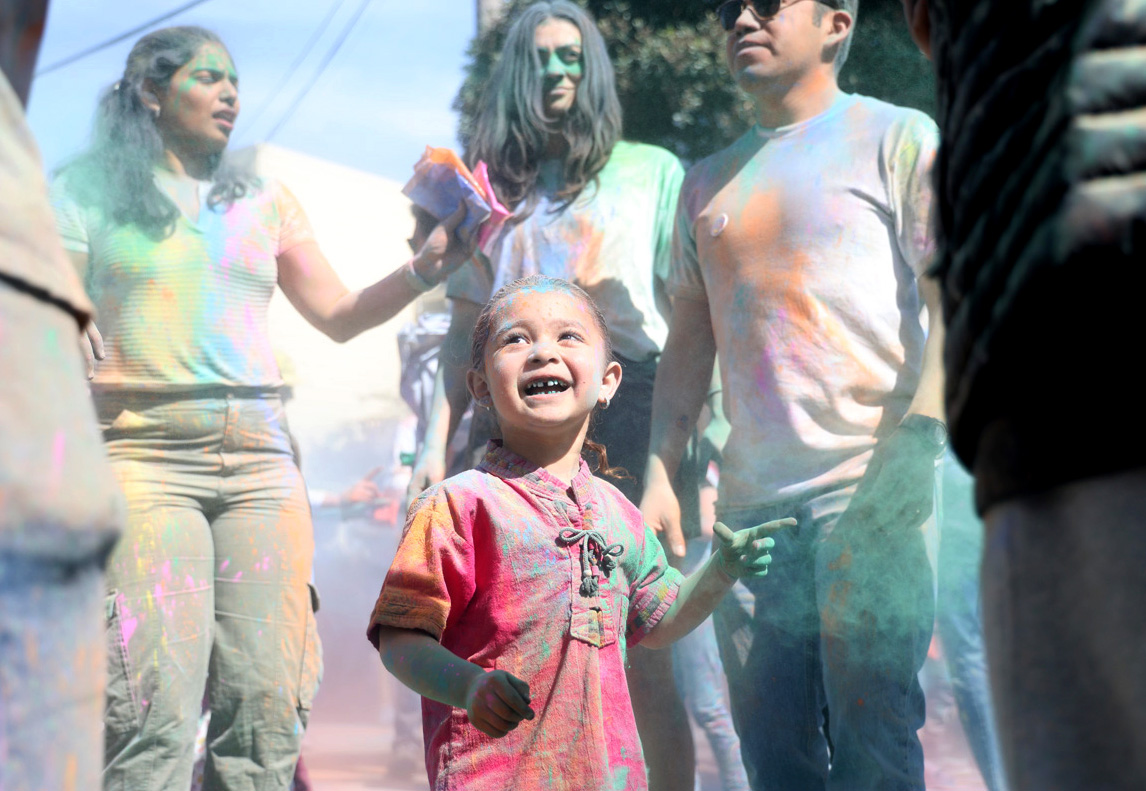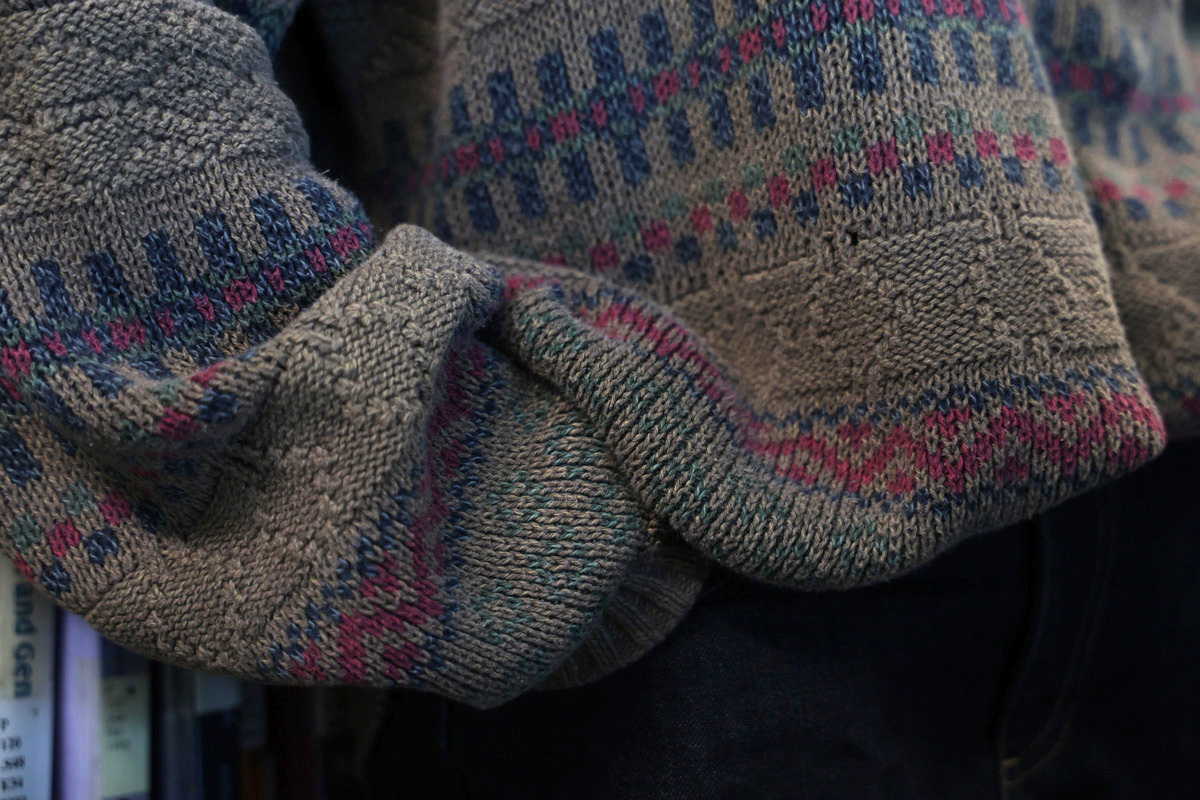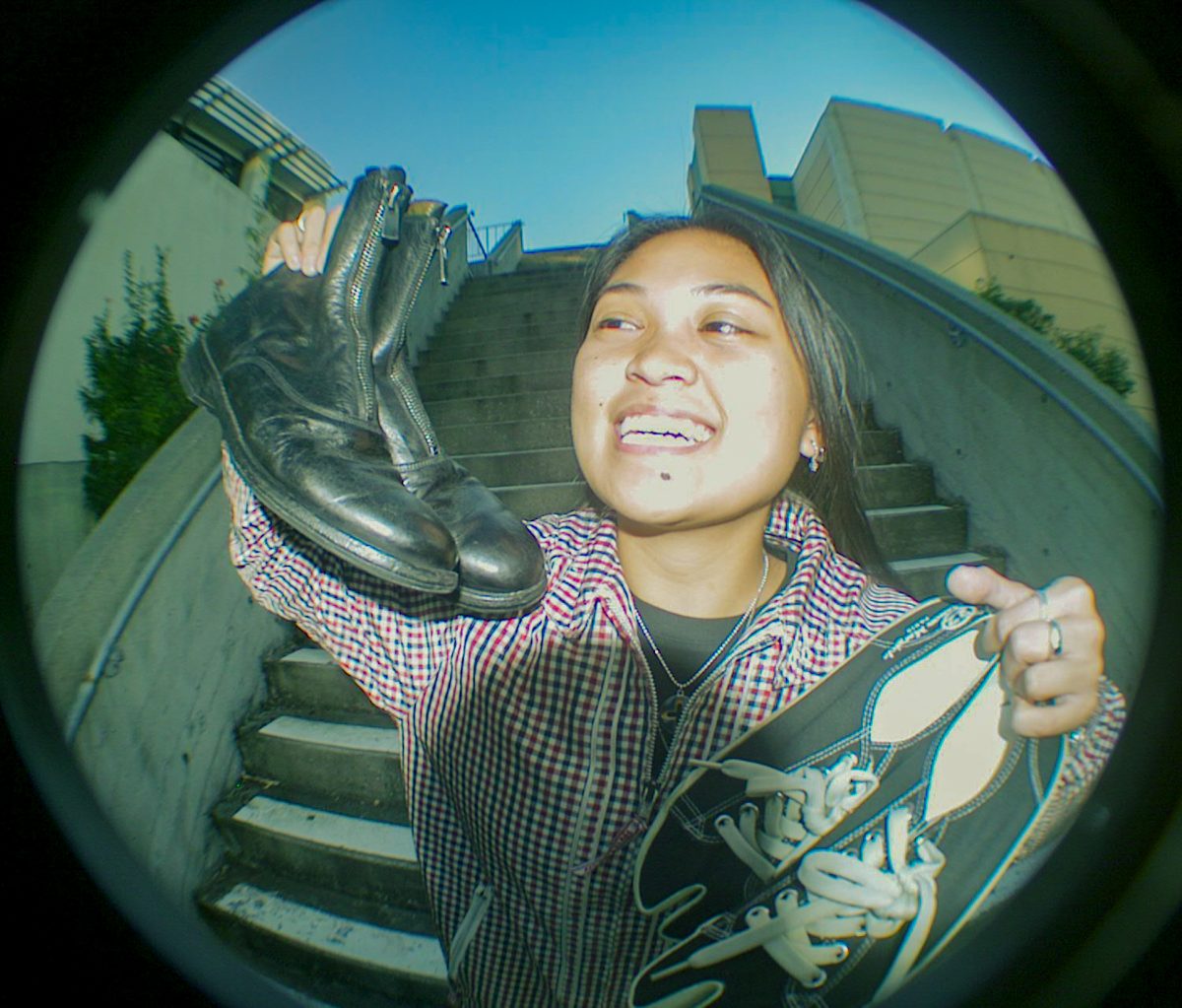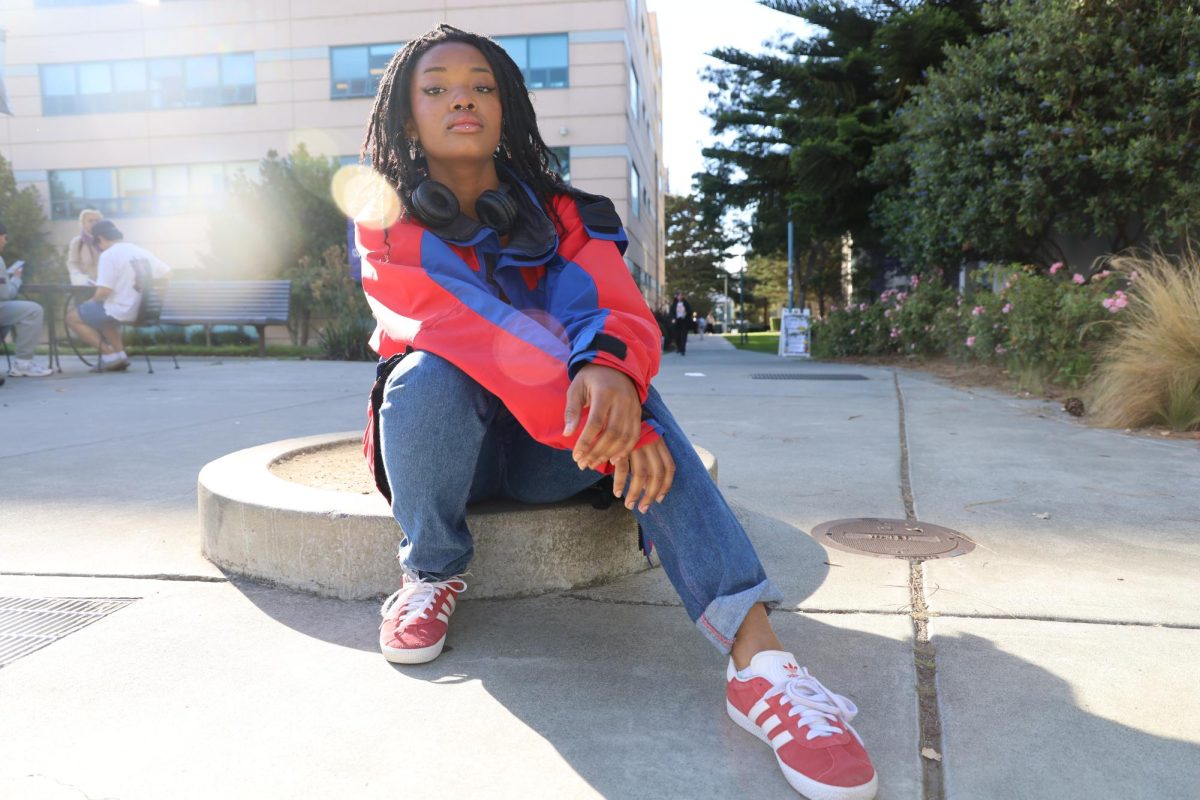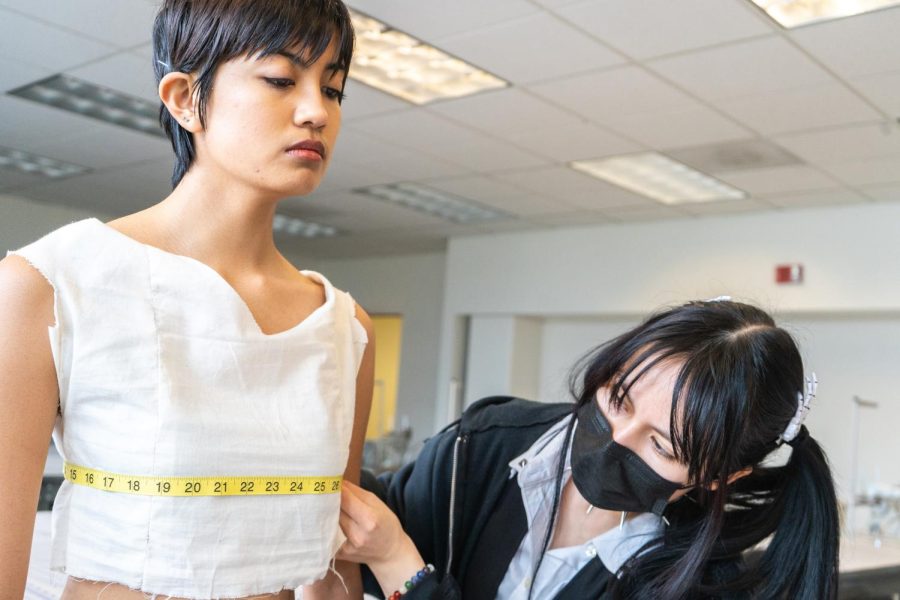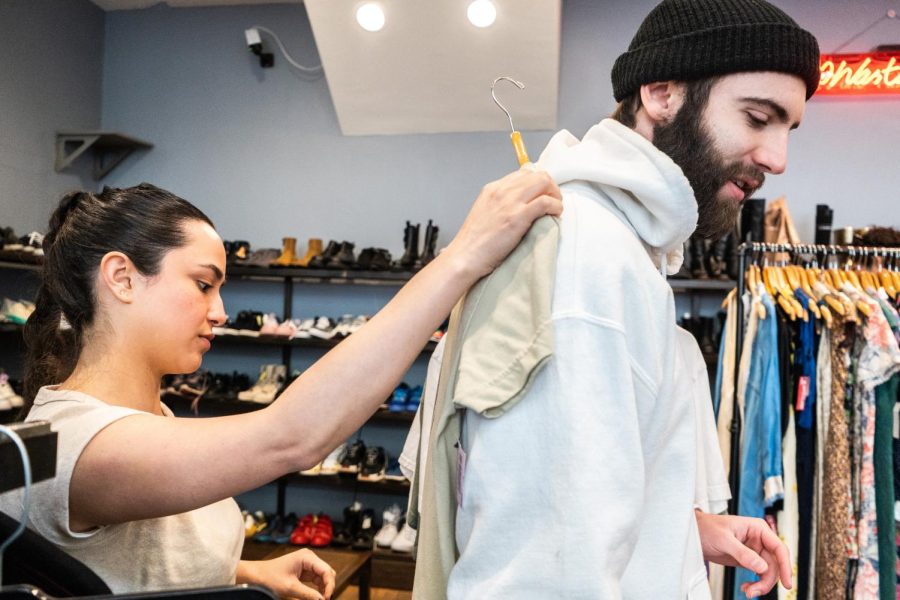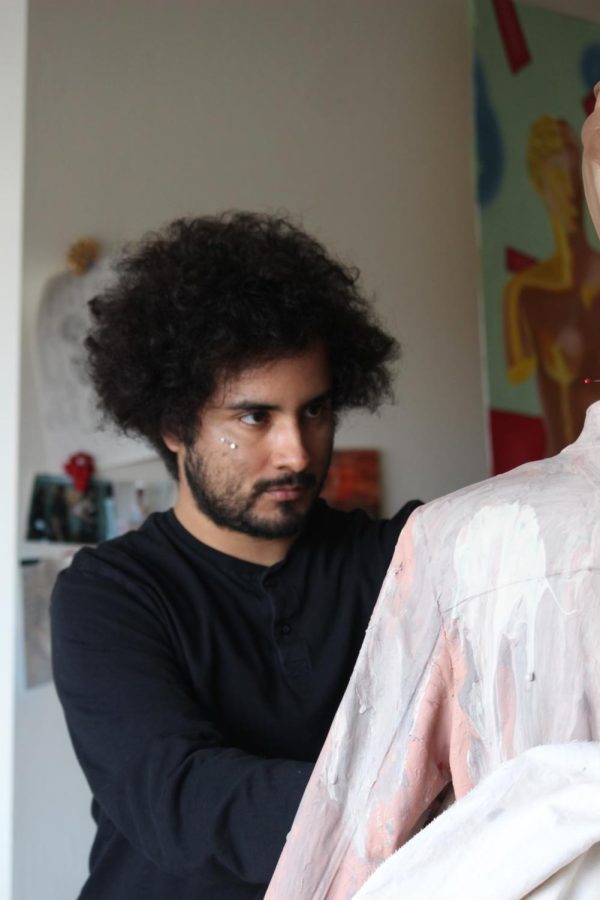Every day, thousands of people wake up to similar routines as they get out of bed to start the day. Makeup plays a large role in daily routines, whether it’s getting ready for a shift at work, or sitting in front of the mirror to experiment with makeup looks.
The light hit the mirror, reflecting a girl’s youthful smile. She applied a rouge lipstick sample sitting on one of the shelves among hundreds of colors.
Twenty feet away, rows of different hues and tones showcased to represent diversity among customers as a group of young adults crowded, swatching foundation shades, with Rihanna’s face plastered over their heads on a billboard titled “Fenty Beauty.”
“I saw Desi Perkins recommend this one lip liner,” said the young brunette to her friends who had swatches down their whole arm.
Wiping her lips with a tissue, the girl walked away from the mirror, now gazing at the fifty-or-so lip pencils placed as display. Despite it being a weekday, Sephora was full of people varying in age, some of whom held baskets full of products as others gazed through the aisles hoping to find a product that called their name.
“I started wearing makeup at the age of thirteen,” says Sam Danis, a twenty-four-year-old makeup artist and beauty class facilitator a Sephora. “But I only wore eyeliner and tinted lip balm. I was fifteen when I was allowed to wear a full face of makeup.”
As more and more young people begin to use and purchase cosmetics, makeup brands must decide how to best appeal to a wider spectrum of consumers.
Companies are freeing the tester animals from their cages, and embracing new production practices that appeal to animal activists and sympathizers alike. There is a shift in the industry for brands to get the ‘cruelty-free’ stamp of approval on the back of their products. High end brands such as Tarte and Two Faced have taken the initiative and are now cruelty-free.
“I personally believe that if a brand perceived itself as cruelty-free, it should be 100% cruelty-free and it’s great that it is currently trending in the beauty industry,” says Marina Matsushita, a makeup artist at Sephora. “It promotes more focus for clients to consume cruelty-free, vegan, and more natural brands overall.”
Makeup, made up from natural ingredients, dates back as far as seven thousand years old, as Egyptian women played with the idea of enhancement and used a variety of resources to enhance physical features including their lips and eyes. According to Avalon School of Cosmetology, lead, copper, and ashes of burnt matches were used to darken eyes. Berries for example, were used to tint lips. Young boys’ urine was used to fade freckles.
Although these ingredients and practices might not be common today, there is debate over what ingredients should be used in makeup. Cruelty-free has become one of the most controversial topics in relation to the use of makeup, as girls begin wearing makeup at a young age, unaware of the ingredients inside.
But, what exactly does cruelty-free mean?
It could mean several things when looking at makeup and being vegan. One of the most popular organizations behind promoting a cruelty free products are the People for the Ethical Treatment of Animals, or PETA. You might be wondering what animals even have to do with the use of makeup and why PETA has supported makeup artists who turn toward being cruelty-free in their work. One of the most common ways a makeup brand can be deemed as cruel to animals is through animal testing.
According to PETA, several cosmetic brands will use animals such as rabbits to measure how long it takes certain chemicals to burn the cornea of a rabbit’s eye.The products are applied to a shaved area around the eye multiple times through a study that can last several weeks or months, as lab technicians check the animals for signs of illness or hazardous effects, according the Humane Society International.
In fact, a larger issue emerged as the Natural Resources Defense Council came out and argued that several non-animal tests are available to test these chemicals on, but later stated that it made more sense to test on living things.
In 2004, the European Union banned animal testing on cosmetic products. This meant that cosmetic companies would abandon animal testing procedures of all kinds if they wanted to sell their products in larger markets. In a further victory for animal rights activists, the ban was issued in Israel and India. However, the ban was never adopted in the United States.
“I believe that all makeup brands should consist of one hundred percent cruelty-free procedures and products because the beauty industry has come a long way and they are able to change their procedures,” says Tiffany Hwang, a frequent customer at Sephora. “Our furry friends should not be tortured for any reasons, especially cosmetology.”
Knowing that makeup testing on animals is common, why would people still choose to wear it?
One of the biggest issues a customer can now face when looking to purchasing vegan makeup is knowing which brands to trust, as in the example of Urban Decay. According to CrueltyFreeKitty, Urban Decay is cruelty-free and Leaping-Bunny certified, however their parent company, L’Oreal, still tests on animals. Because the U.S. has yet to adopt a law similar to the EU, it can be hard to distinguish which brands are 100% cruelty-free.
Makeup has changed drastically in the last hundred years, and continues to make moves toward not only being cruelty-free, but being more natural through the ingredients applied to one’s face. After all, there are hundreds of brands that consist of natural ingredients, which can give you the same payoff when using makeup and its quality. For example, several brands have moved toward using natural oils or extractions of fruits to soothe the skin.
For some consumers, cosmetic brands should stay away from harmful animal testing, but also refrain from using any kind of animal products. While it might appeal to them morally, does the difference in ingredients change anything at all?
“I never found a huge difference in the quality of vegan vs non-vegan makeup, the only difference is the ingredients and the effect it will have on an individuals skin,” says Matsushita.
As the line wrapped toward the shelves of lipsticks twenty-five feet away from the register, women and girls waiting with full baskets in their hands struggled to juggle them, or even placed them on the floor, as they became distracted with yet another brand consisting of several colors to add to their bill after a couple hours inside Sephora.
“What do you think mom?” said a pre-teen looking at her mom for opinions on a flamingo-pink shade sitting on her small lips, as she turned back toward the mirror, lined with bright white lights. She placed the sample back on its spot, picked her basket up from the floor and took a few steps closer to the line of women, eager to swipe her card.


